Disinfecting tomato seeds is crucial when planting. The surface and interior of tomato seeds can harbor various pathogens and insect eggs, such as those of early blight, late blight, viral diseases, and aphids. If seeds are sown without disinfection, and the environment is suitable, these pathogens and eggs will rapidly proliferate, leading to disease in the seedlings. In severe cases, the seedlings may even die, significantly impacting tomato growth and reducing yield. Therefore, proper seed disinfection is a vital step for cultivating healthy seedlings and ensuring a bountiful harvest.
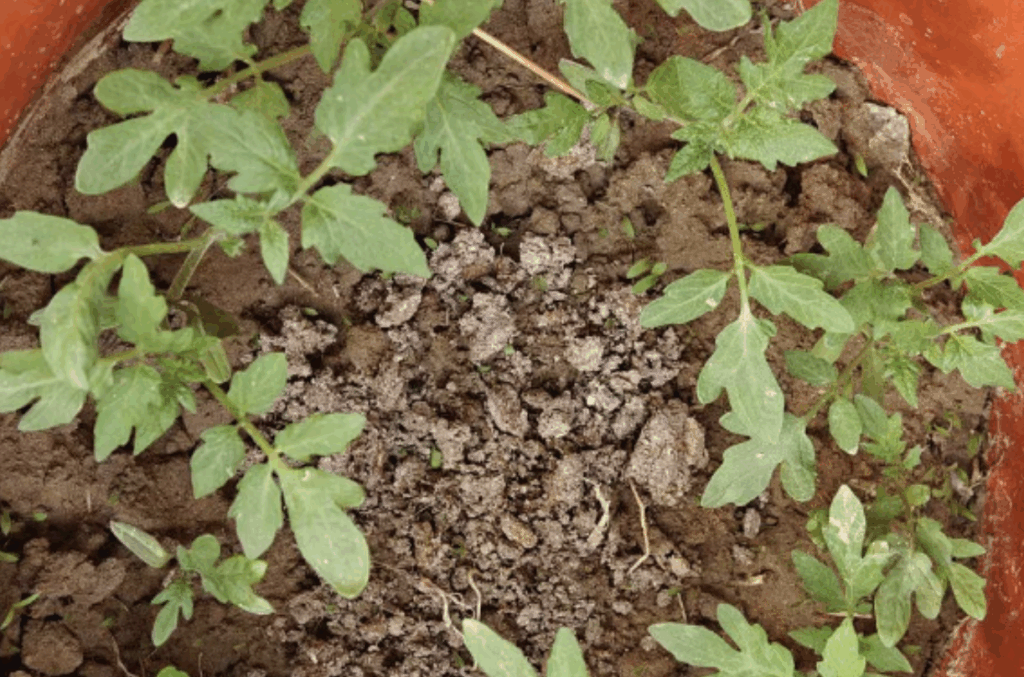
Now, let me introduce a simple and effective disinfection method. This method primarily uses high temperatures to kill pathogens on the surface and shallow layers of the seeds. The steps are as follows: First, soak the tomato seeds in clean water for a while to soften any dirt on the surface of the seeds, making it easier to remove. Afterward, remove the seeds. Then, prepare a bowl of warm water that is neither too hot nor too cold. The water should be enough to fully submerge the seeds. Place the seeds in the warm water and stir continuously with a wooden stick to ensure the seeds heat evenly and prevent any part from being scorched by overly hot water. During stirring, maintain the water temperature at a slightly warm level for a period. Once the water naturally cools to a non-burning temperature, continue soaking the seeds to allow them to absorb water fully. Finally, remove the seeds and wrap them in a damp cloth, preparing them for germination.
Another more effective disinfection method is the chemical seed soaking method, which can effectively kill pathogens inside the seeds. Common chemicals include formalin, potassium permanganate, and carbendazim, though the usage methods differ for each.
For example, when using formalin for seed soaking, first soak the seeds in clean water for a few hours, then remove them and place them in a diluted formalin solution for further soaking. During the soaking process, stir the seeds constantly to ensure they come into full contact with the solution. After soaking, remove the seeds and rinse them thoroughly with clean water until there is no chemical odor, before proceeding to the next step of seed germination. This method is particularly effective against fungal diseases like early blight and late blight.
For potassium permanganate seed soaking, first soak the seeds in clean water for a few hours, then place them in a prepared potassium permanganate solution for soaking. After soaking, rinse the seeds with clean water before proceeding to germination. Potassium permanganate is a strong oxidizer and is effective against both viral and fungal diseases. Additionally, soaking seeds in a carbendazim solution for a period of time, then rinsing them clean, also provides good protection against various fungal diseases in tomatoes.
Besides the two methods mentioned above, there is also the seed coating method. This method involves mixing the chemical agent thoroughly with the seeds so that the chemical adheres evenly to the seed surface, disinfecting and sterilizing them. Common chemicals used in this method include thiram and carbendazim. The specific procedure involves drying the seeds, weighing the chemical according to a set ratio based on the seed weight, and placing both the seeds and chemical in a sealed container, shaking vigorously to ensure the chemical is evenly distributed on the seed surface. The seed coating method is simple to perform, provides long-lasting efficacy, but mainly targets pathogens on the seed surface.
You should choose the appropriate tomato seed disinfection method based on the actual situation and strictly follow the operational instructions. This will effectively eliminate the pathogens and insect eggs carried by the seeds, laying a solid foundation for healthy tomato growth.

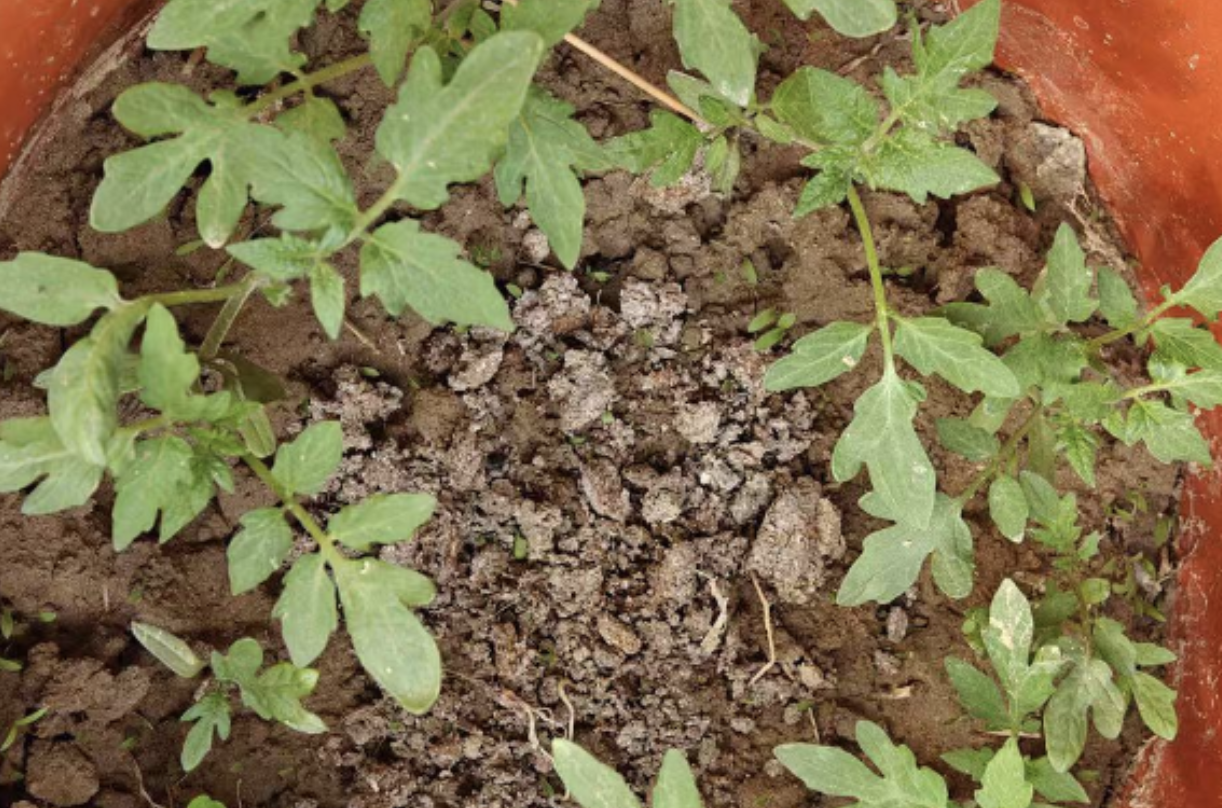
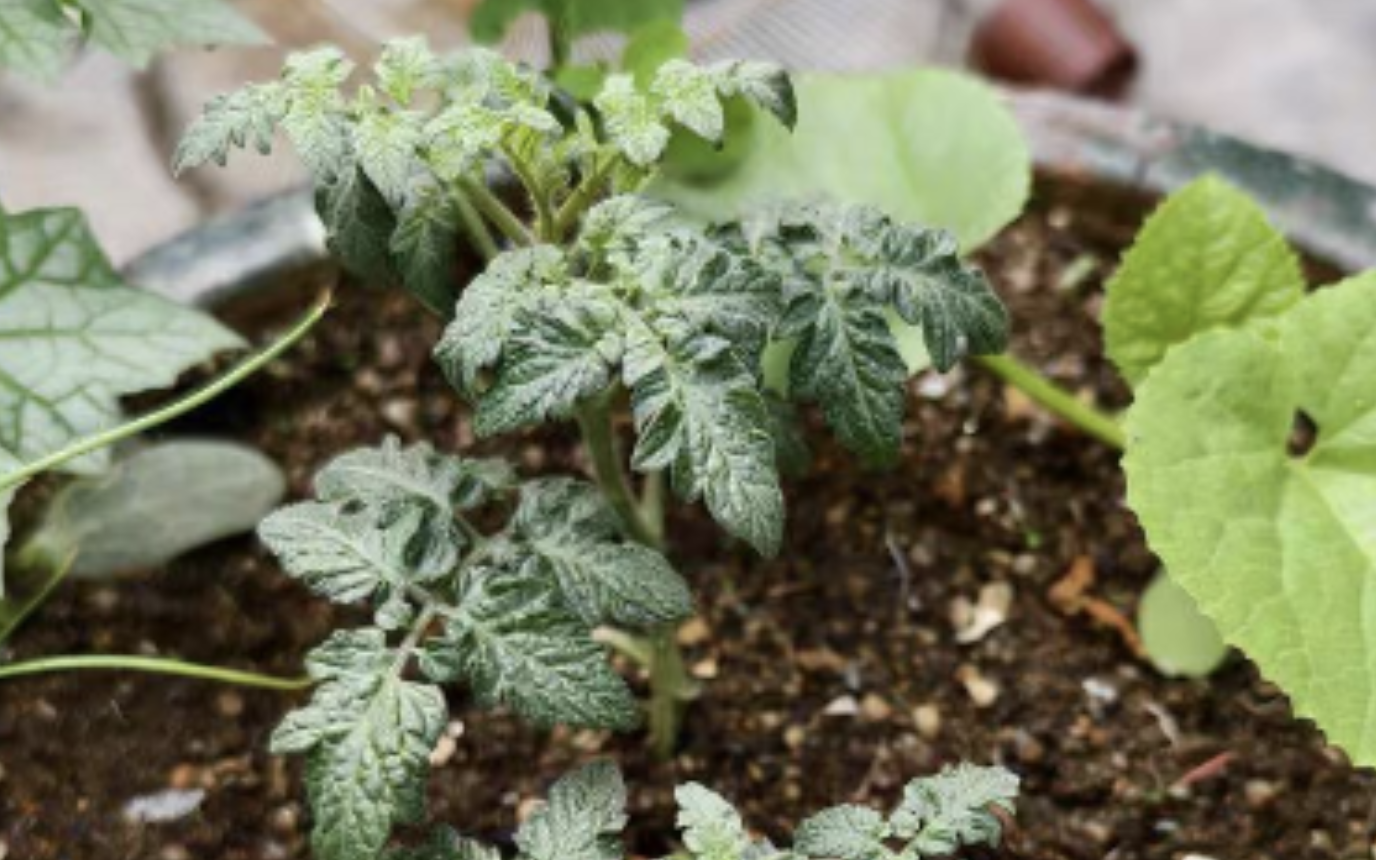
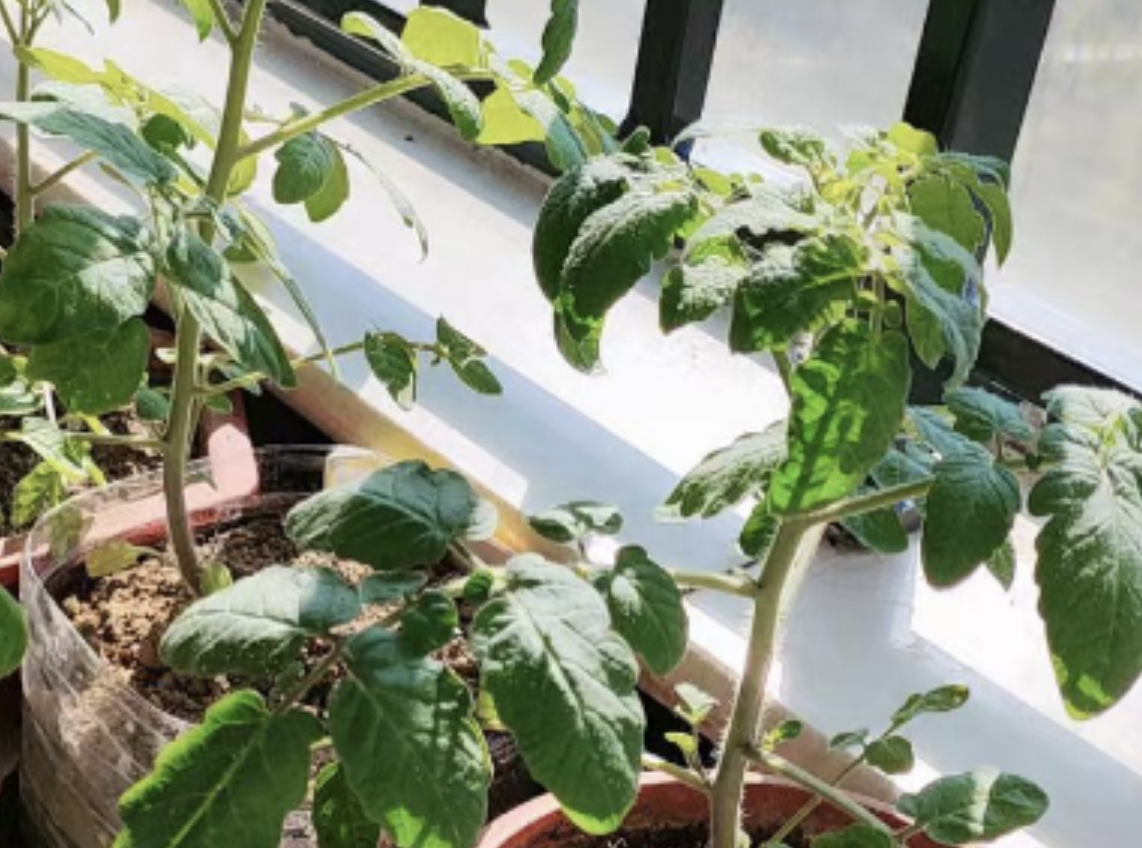
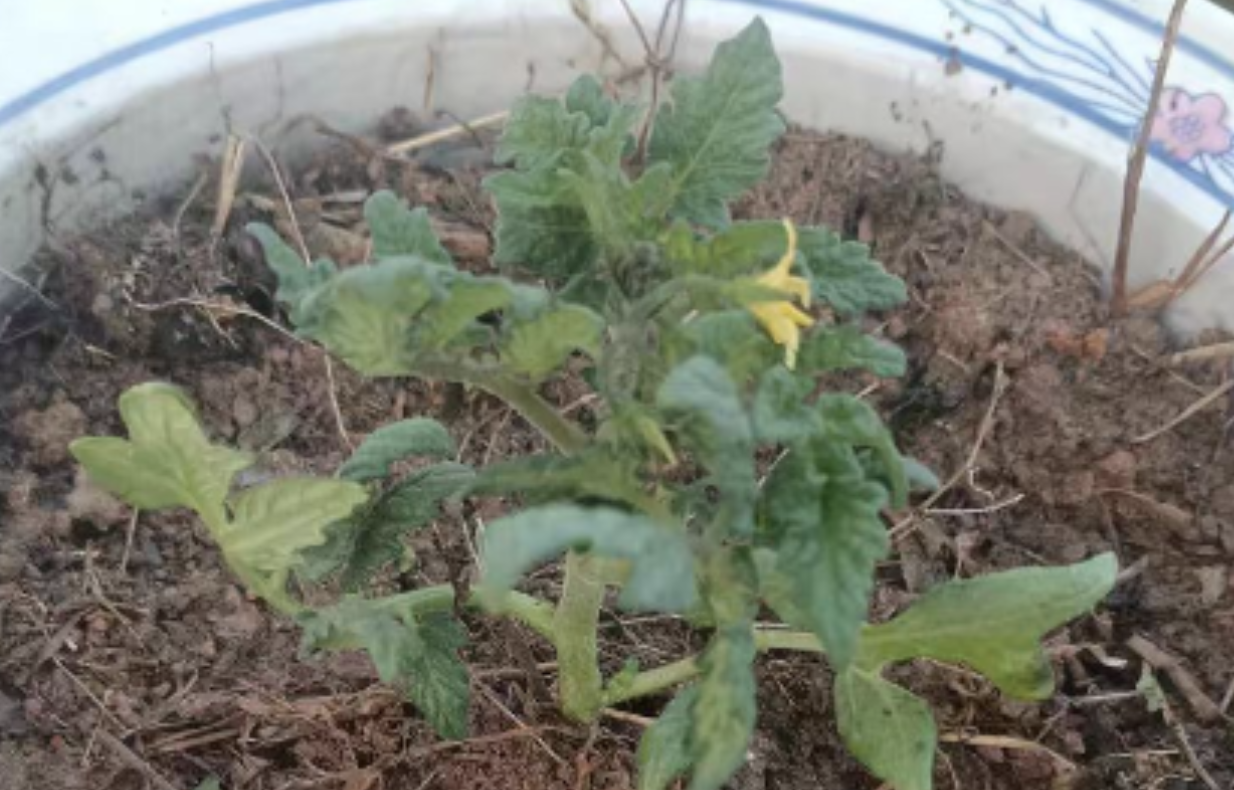
Leave a Reply